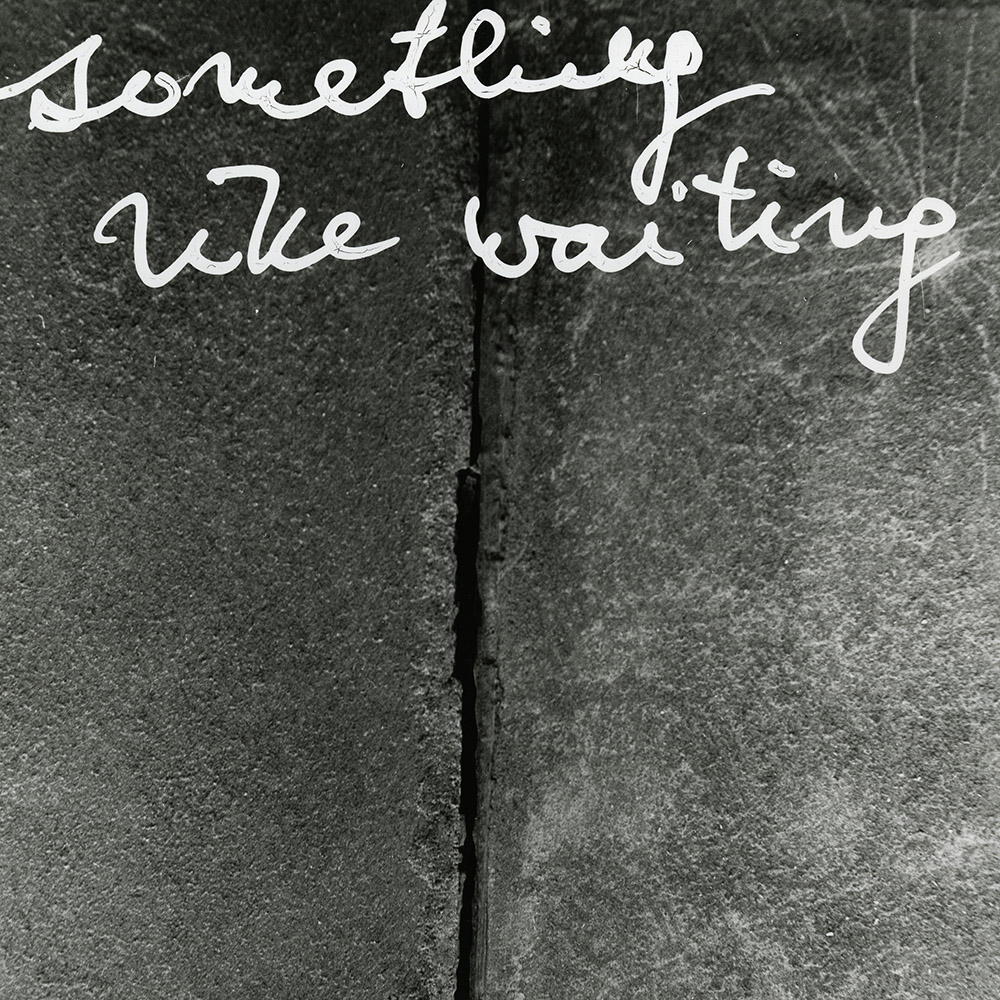
Aktuell

Jiří Valoch, Observing the Landscape II, Something like waiting, SW-Fotografie, 24,4 x 24,4 cm, 1974 © Jiří Valoch
PRE-PICTORIAL
JIŘÍ VALOCH
Eröffnung: 12.12.2025, 18.30 Uhr
Ausstellungsdauer: 13.–20.12.2025, 7.1.–14.3.2026
Öffnungszeiten: Mi–Sa, 10.30–17.00 Uhr
Jiří Valoch (*1946, Brno) ist ein tschechischer Konzeptkünstler, Kurator und Theoretiker, der seit den 1960er-Jahren eine zentrale Figur der mitteleuropäischen Avantgarde bildet. Sein Schaffen umfasst jenseits Werke visueller und konkreter Poesie, konzeptuelle Textarbeiten, Künstlerbücher und Textinstallationen, zudem minimalistische Happenings und Interventionen in der Natur.
Er studierte deutsche und tschechische Literatur und Ästhetik an der Philosophischen Fakultät der Masaryk-Universität in Brno (1965–1970). Seit 1966 war er auch als Kunstkritiker und Kurator tätig. Anfang der 1970er Jahre war er an der Organisation inoffizieller Ausstellungen in der gesamten Tschechoslowakei beteiligt. Von 1972 bis 2001 arbeitete er als Kurator im Haus der Kunst in Brno.
Er studierte deutsche und tschechische Literatur und Ästhetik an der Philosophischen Fakultät der Masaryk-Universität in Brno (1965–1970). Seit 1966 war er auch als Kunstkritiker und Kurator tätig. Anfang der 1970er Jahre war er an der Organisation inoffizieller Ausstellungen in der gesamten Tschechoslowakei beteiligt. Von 1972 bis 2001 arbeitete er als Kurator im Haus der Kunst in Brno.

